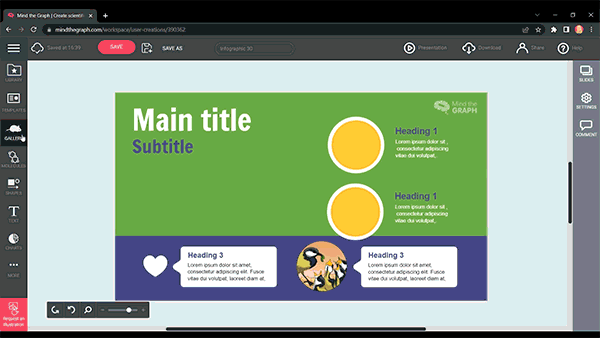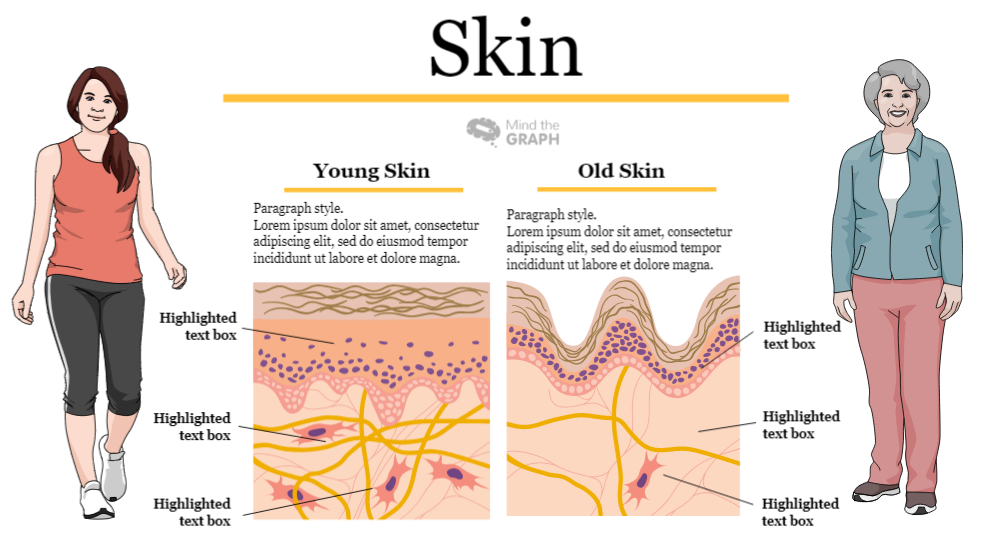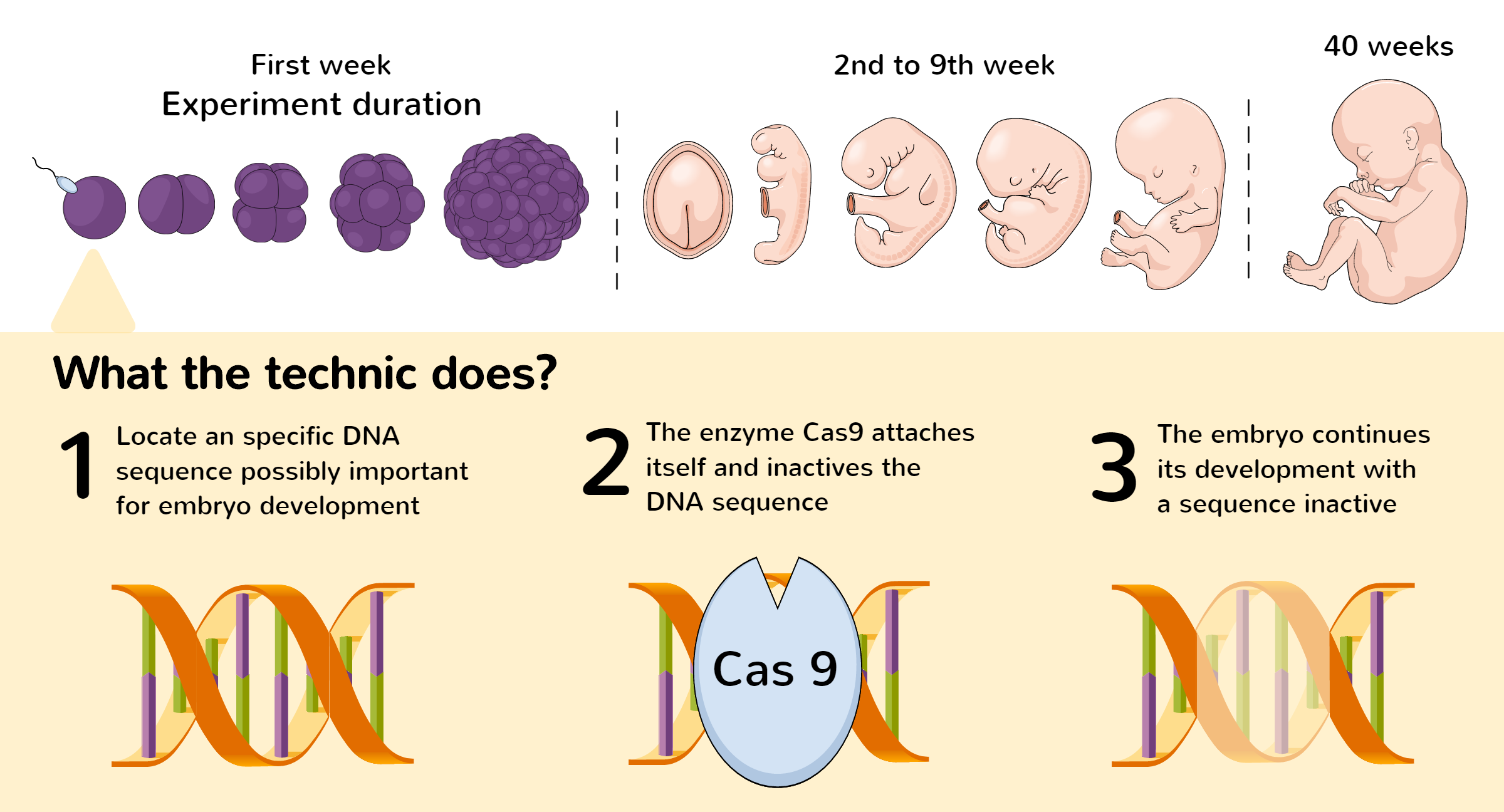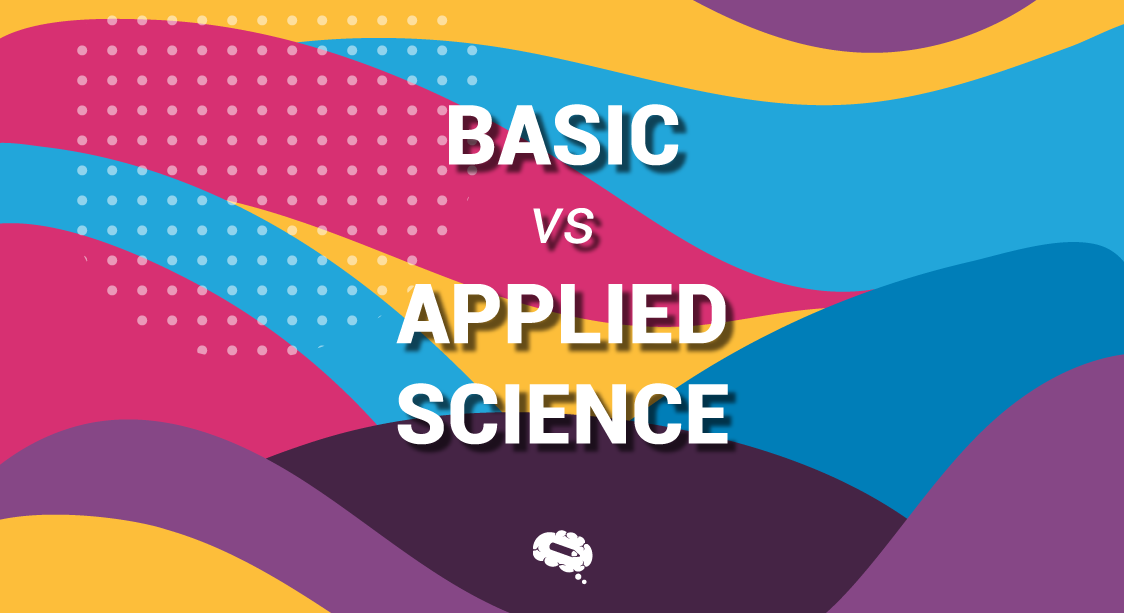Thesis, research papers, articles, blogs or white papers, whatever it is, all forms of writing that need to be published online go with a vigorous process. While writing is primary, editing and proofreading act as a dressing to your salad.
This goes without saying, editing and proofreading are equally important to write impeccable content and they go hand in hand to improve the quality of your writeup.
Authors often seek editing and proofreading services, but these terms are usually mistaken to be similar and are used interchangeably. So let’s read along with the article to know what editing and proofreading are, their differences along with their importance.
Editing And Proofreading
Editing focuses on improving the quality of your draft while proofreading focuses on eliminating the errors in the draft. Often editing is considered an art and proofreading as a science.
Difference between Editing and Proofreading
Editing is the process of polishing your draft by changing the structure of the write-up and ensuring that the idea is presented in a crisp, creative, and correct manner.
It improves the quality of your write-up by increasing readability and involves creativity and understanding of your readers.
Editing involves
- Structuring the sentences
- Setting the right tone
- Establishing clarity
Proofreading is a final check of your write-up before making the draft public and it ensures your work is error-free. It sometimes can be used to check the terminology and formatting of your draft.
Proofreading involves-
- Grammatical errors
- Spelling errors
- Typographic errors
- Punctuation errors
Images can make your work much easier to understand
Use Mind the Graph to improve your research paper’s readability and make it more accessible for everyone. Go to workspace and create graphical abstracts, infographics, presentations, and more at the best market’s price.
Tips For Editing And Proofreading
Do not edit and proofread your work immediately
It’s tempting to publish our draft immediately after writing but this process is futile. You will fail to identify errors once you finish writing. So better take a break and sit on the draft with a fresh mind, possibly after a few hours, days, or even after weeks to edit and proofread your work.
Find a quiet place to work
Your surroundings need to be peaceful for your mind to work and identify the mistakes. So find a quiet place to work while editing or proofreading your draft.
Prioritize your work
When you are running out of time, make sure to wind up the editing and proofreading part earlier by prioritizing it as this work demands more of your time and attention and cannot be ignored.
Break the process into small chunks
It’s not easy to edit and proofread a huge manuscript in a single sitting. This might drain you and your work might feel daunting. So, schedule your tasks and break down the work into different blocks, and edit and proofread the work accordingly.
Decide the right medium for you
Computer or printout – you need to decide what works for you. Some people like to work directly on Google docs to edit and proofread their writing, while others work efficiently while marking their errors on paper. So it’s your call to decide on what works for you.
Changing the look of the document
Altering the size, font style, color, or interface of the document might trick your brain to observe the nitty-grities of the work, and this way, you might find some errors to edit and proofread. So welcome the changes and see the difference.
Most popular questions answered
Editing Or Proofreading – Which One To Choose?
Choosing between the two solely depends on the purpose and the choice of the author.
You can opt for editing services when your draft needs some revisions for a proper flow and readability.
Proofreading services can be opted when you are confident about the quality of your work and it just needs a basic check on some errors.
What Comes First- Proofreading or Editing?
Editing comes prior to proofreading once the first draft is ready. Proofreading is the last stage of writing and is done once the draft undergoes several revisions and is in its best version.
What Are The Types Of Editing?
- Developmental editing- This type of editing looks deep into the writing part.
- Structural editing- This involves editing the storyline, tone, flow, and the way the work is structured.
- Copy editing- This involves editing the word choice, grammar, and misspellings in the draft.
- Line editing- This involves in-depth editing of the draft i.e., line-by-line editing to check for redundancy, word choice, impact, etc.
- Mechanical editing- Overall editing process to check on grammar, punctuation, word choice, flow, formatting, structure, and language. For academic writing, this method ensures the draft is set on the guidelines and the referencing and citations are done correctly.
Your research can get huge impact with low effort
Writing impactful research papers can help you climb up the ladder of success sooner in your career. So why not try incorporating some visual infographics from Mind the Graph into your research papers to make the readers understand your work better?
Articles with infographics have 120% more citations according to study.


Subscribe to our newsletter
Exclusive high quality content about effective visual
communication in science.




